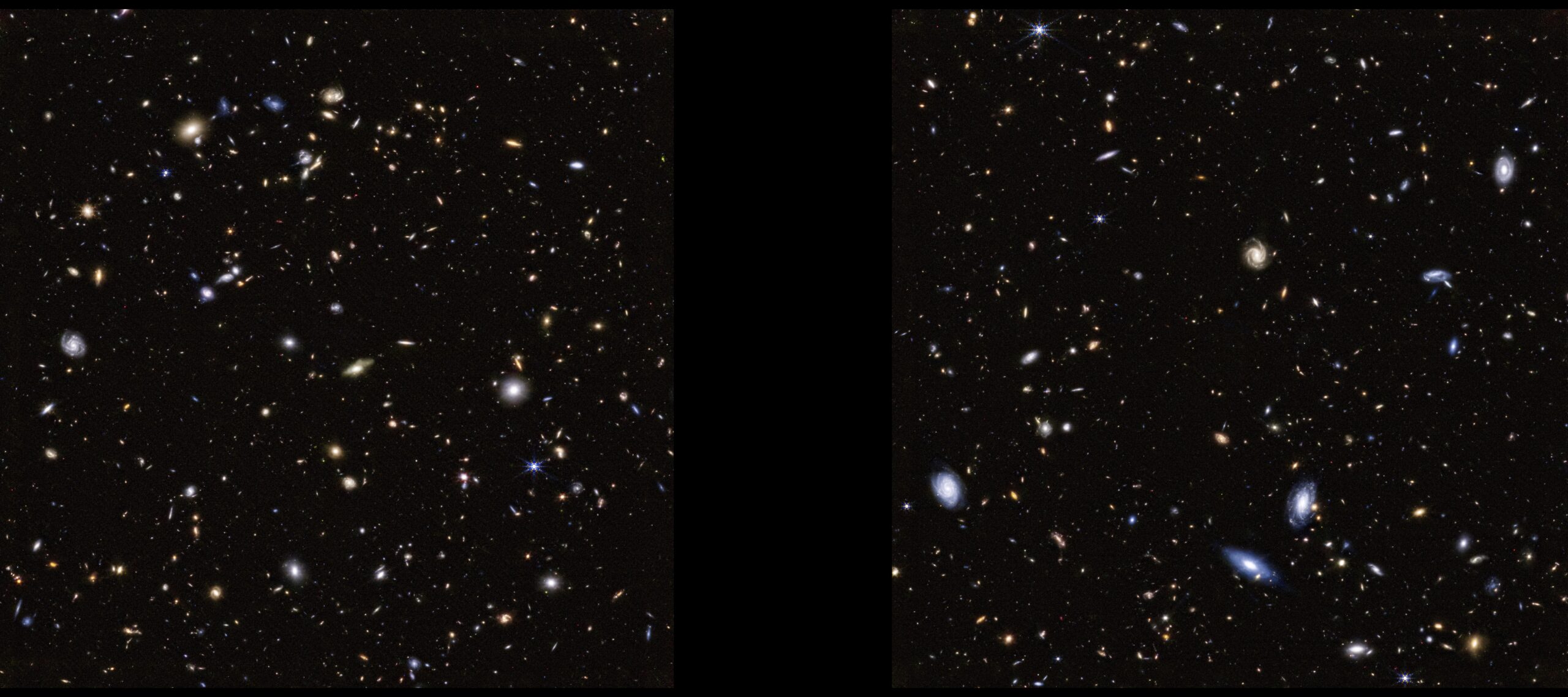First Light at Cosmic Dawn: Exploiting the James Webb Space Telescope Revolution
The James Webb Space Telescope (JWST) is one of the grand scientific experiments of the 21st century. By far the largest and most sophisticated observatory ever sent into space, JWST has already begun to revolutionize our understanding of the distant Universe in its first year of operations. Over 100x more powerful in terms of sensitivity and resolution than its predecessor, the Hubble Space Telescope, JWST is also vastly more complex, containing a suite of instruments using next-generation technologies and operating at hitherto poorly explored infrared wavelengths. To unlock the full potential of this revolutionary facility requires bringing together researchers with highly specific expertise from different sub-disciplines of astronomical and computer science research.
Our ISSI team is working to address one of the core science goals of JWST: finding the first stars and galaxies in the Universe that formed after the Big Bang. Our ISSI team consists of world leaders in different disciplines relevant to JWST, including JWST instrument experts, imaging experts, spectroscopists, stellar population modelers, theoreticians, and computer scientists. Together we are developing new techniques needed to analyze the first observations and interpret these data using computational simulations, with the goal of understanding the physics of the first galaxies. ISSI allows us to build bridges between groups that do not normally coordinate research, ensure that deep knowledge of the inner workings of complex datasets is disseminated amongst researchers, and mitigate systematic biases that are known to exist in comparisons between observations and simulations.
Image © by NASA

